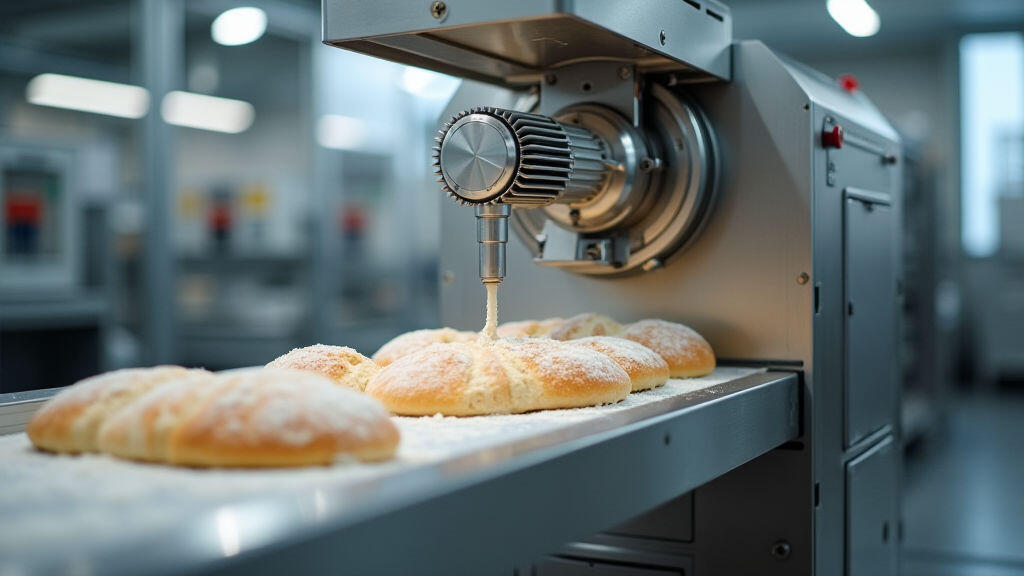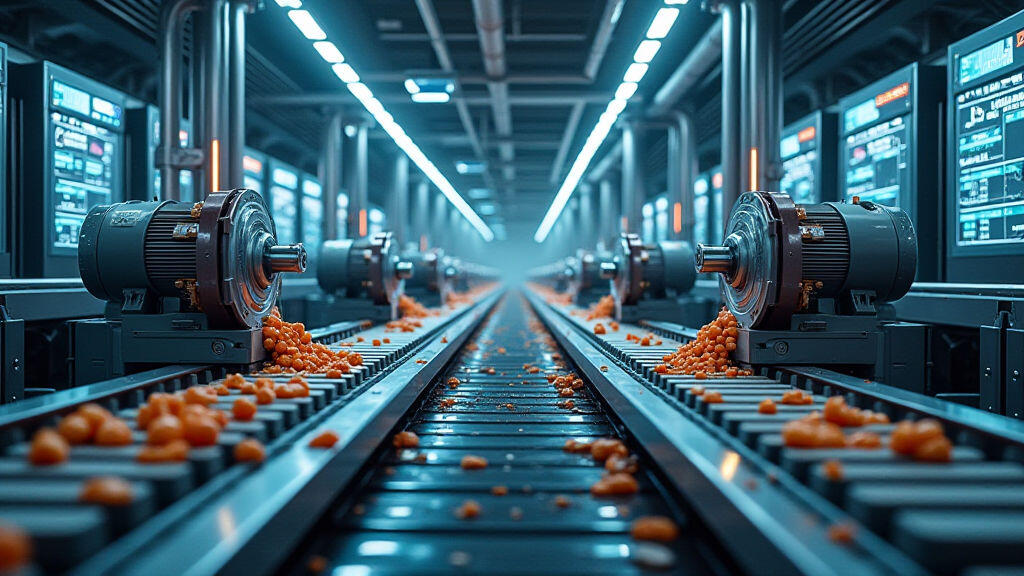
In the fast‑moving world of food production, motor performance, energy efficiency and product safety are becoming critical determinants of profitability. Traditional gear motors—fixed‐ratio, single‑speed units—have long dominated kitchens, dairies and snack lines, but the rise of the Internet of Things (IoT), additive manufacturing and precision agriculture is driving a revolution in motor design and selection. This article explores the latest application trends for next‑generation gear motors, focusing on how manufacturers are using advanced calculation methods to match motor attributes to the unique demands of modern food processing.
Food processing involves a wide spectrum of equipment: from high‑speed dough kneaders and pressure‑cookers to finishing conveyors and automated packaging arms. Each machine requires specific torque, speed and reliability characteristics. Traditional motors often need frequent adjustments or replacements, leading to downtime and higher operating costs.
Smart gear motors address these issues by offering:
But the real revolution comes from a new generation of predictive selection algorithms that transform raw data—feedstock properties, batch size and environmental factors—into precise motor specifications.
Modern gear motor selection is no longer a one‑dimensional process. Engineers now use multi‑objective optimization engines that factor in:
These engines rely on machine‑learning models trained on thousands of historic production runs. By querying the model with desired throughput and temperature profiles, manufacturers can instantly receive a motor rating (torque, PWM range, gear ratio) that meets efficiency and reliability targets.
For example, a dairy company using a new robotic pasteurizer can input the dairy’s protein concentration, batch volume and required pasteurization time. The algorithm recommends a variable‑speed gear motor that automatically adjusts torque to keep the product flow steady as viscosity changes during heating.

Fermentation tanks rely on gentle agitation to promote healthy microbial growth. Fixed‑speed gear motors can over‑stir, compromising product quality. Variable‑speed gear motors allow precise control over agitation rates, reducing energy use while maintaining optimal conditions.
Chocolate tempering, candy extrusion and wafer baking require sudden bursts of high torque. New gear motors use high‑strength alloys and helical gear arrangements to deliver these bursts without vibration or backlash, extending the life of jigs and molds.
3D‑printed extrusion heads for personalized nutrition devices demand lightweight, high‑precision motors. Manufacturers are embedding micro‑gear motors directly into printed components, reducing assembly steps and overall weight.
Continuous dough mixers and proofing tunnels benefit from on‑board diagnostics. Sensors detect subtle changes in motor temperature that signal wear. Predictive maintenance alerts crop lock‑in times and prevent costly shutdowns.

ABC Snacking, a mid‑size snack producer, faced recurring downtime on its extrusion line. Traditional gear motors failed during the peak crispy‐chips season, causing a 12% loss in output.
Using a predictive motor selection engine, the engineering team matched an 8 kW, 350 rpm gear motor with an adjustable c‑ratio (2:1 to 5:1). The motor’s built‑in smart sensors flagged approaching overload conditions hours before failure.
Results after six months:
While the benefits are clear, some challenges remain:
Industry consortia are tackling these issues through open‑API platforms and the adoption of IEC 61400‑6 for sensor communication. The result is a rapidly growing ecosystem where gear motors, PLCs, and software analytics interlock seamlessly.

The trend toward new‑generation gear motor selection calculation is reshaping food production. By marrying sensor data, physics‑based modeling and machine learning, manufacturers can now pinpoint motor specifications that maximize energy efficiency, product quality and system uptime. As food safety standards tighten and consumer demand for personalized nutrition rises, the importance of agile, reliable, and efficient motor solutions will only grow.
For food processors, turbines of data will continue to drive innovation—translating complex processing dynamics into simple, actionable motor choices. Those who adopt these advanced selection algorithms today will not only slash costs and improve quality but also position themselves at the forefront of a smarter, more sustainable food manufacturing future.
Leave A Reply
Your email address will not be published. Required fiels are marked